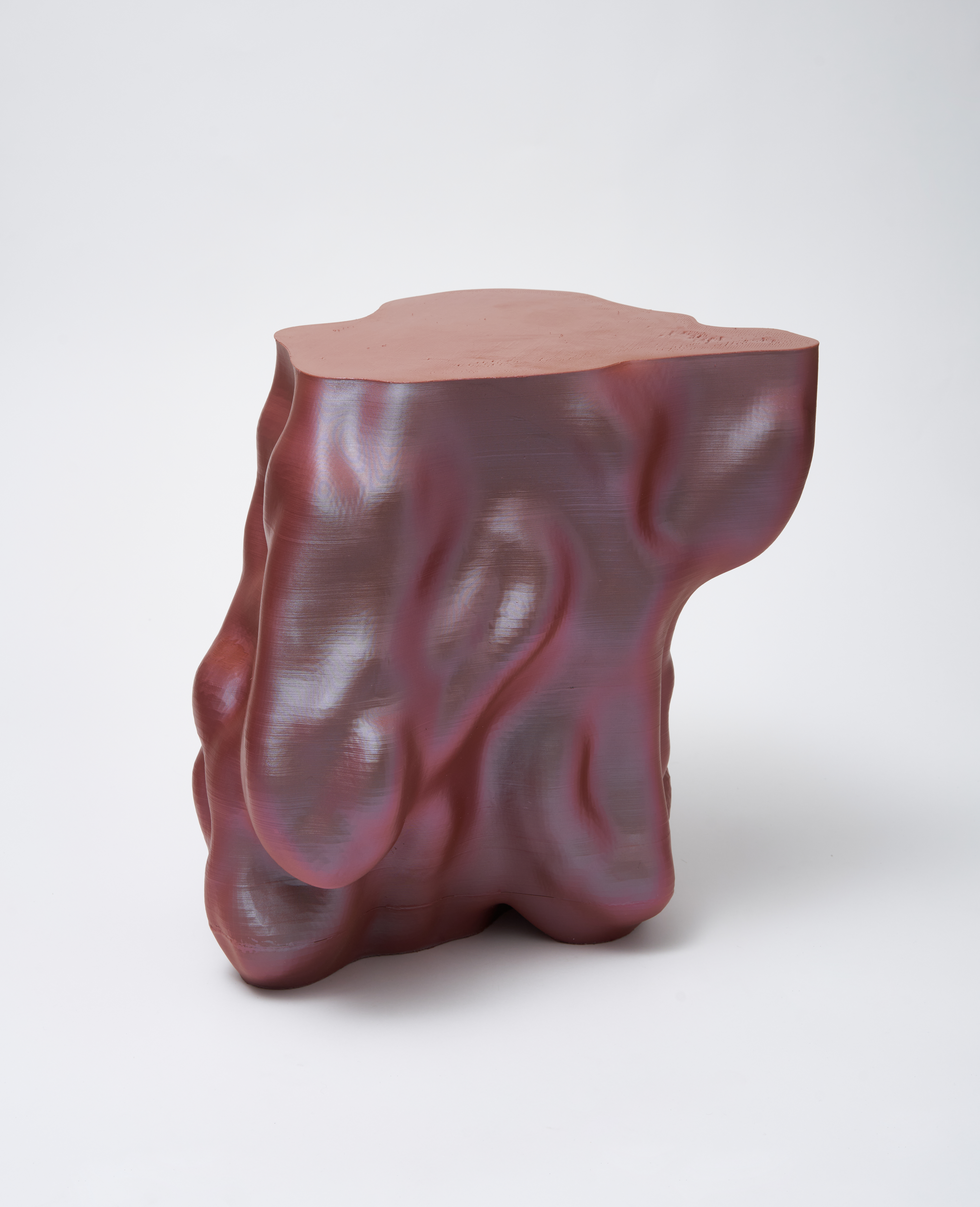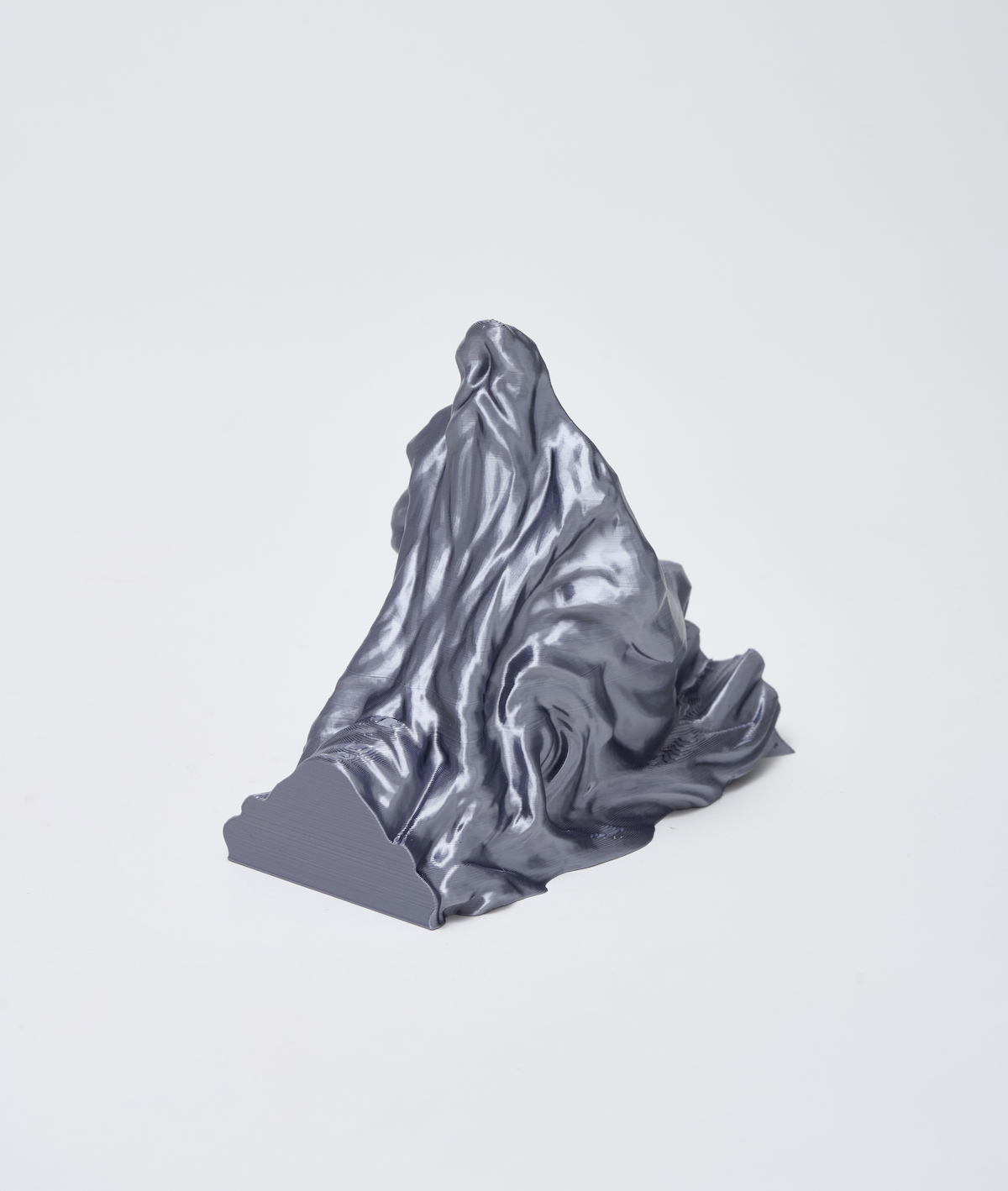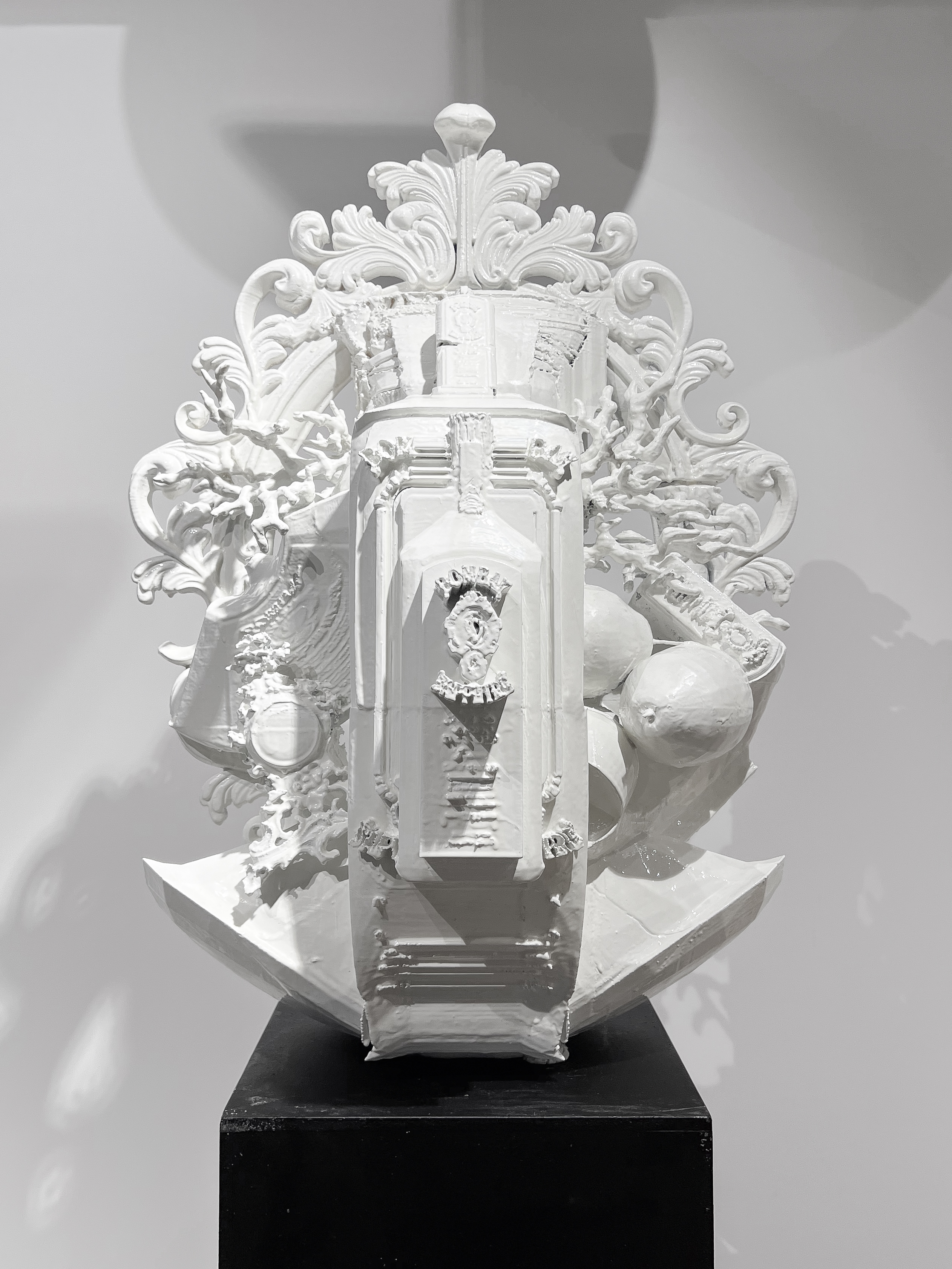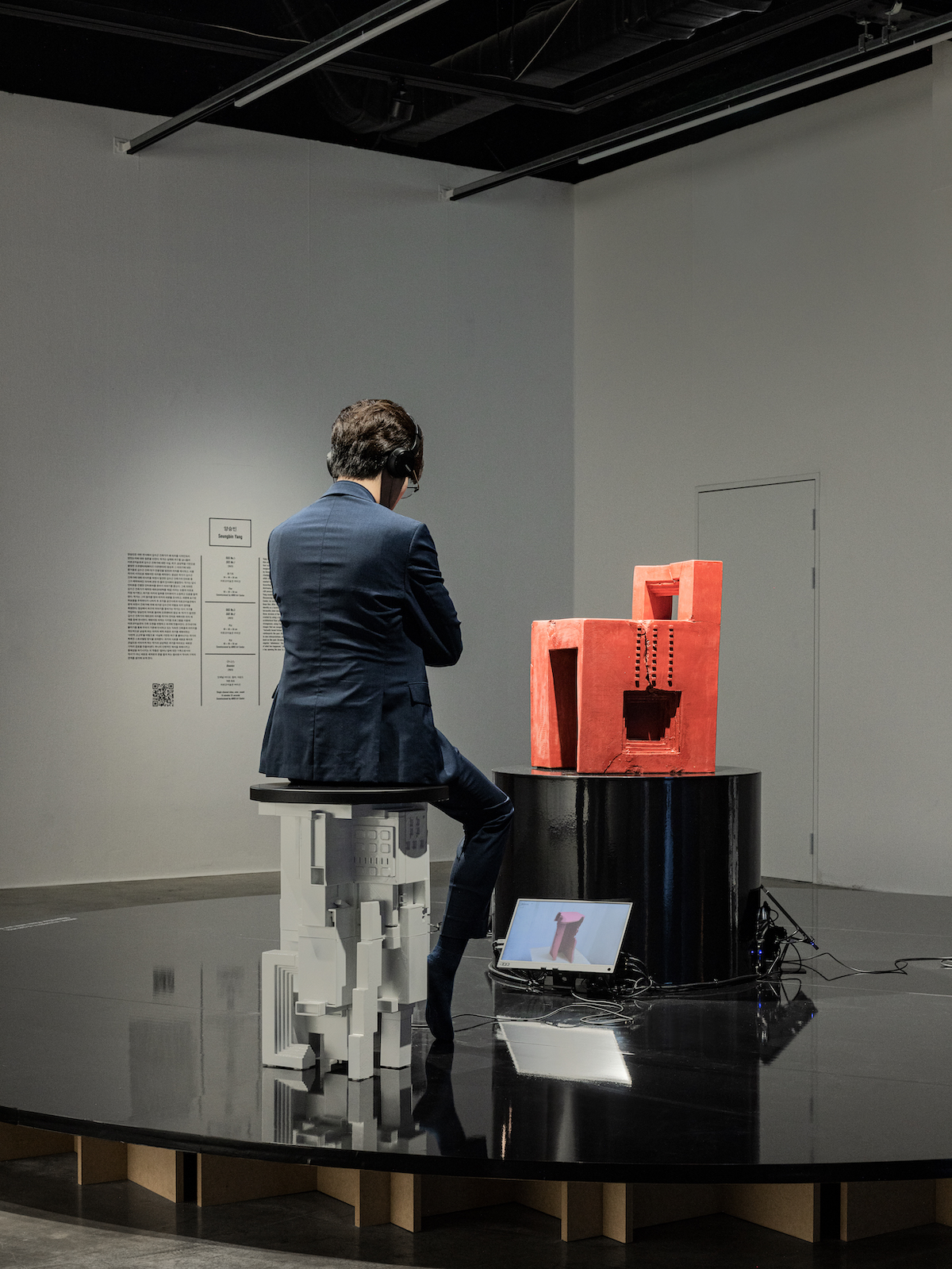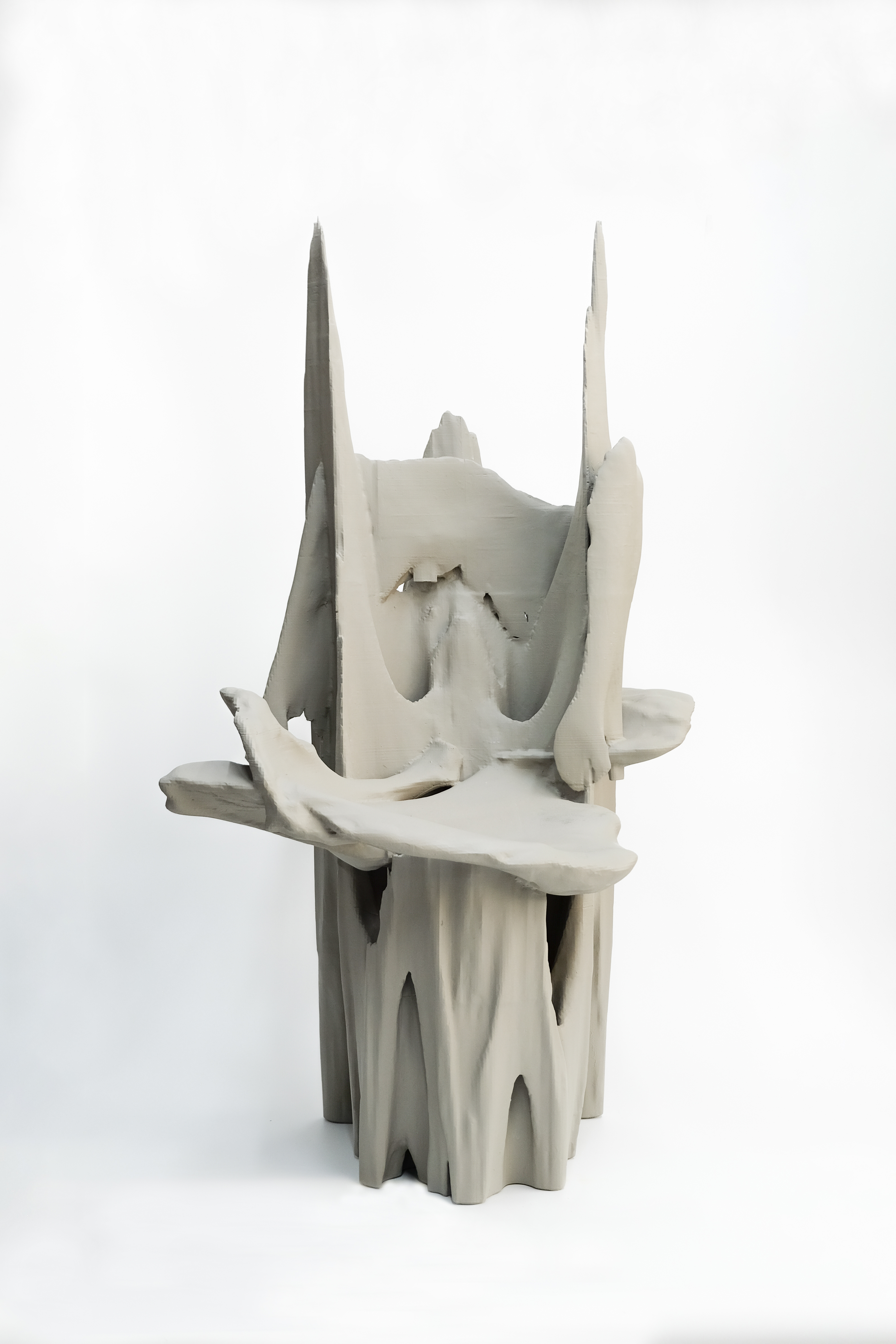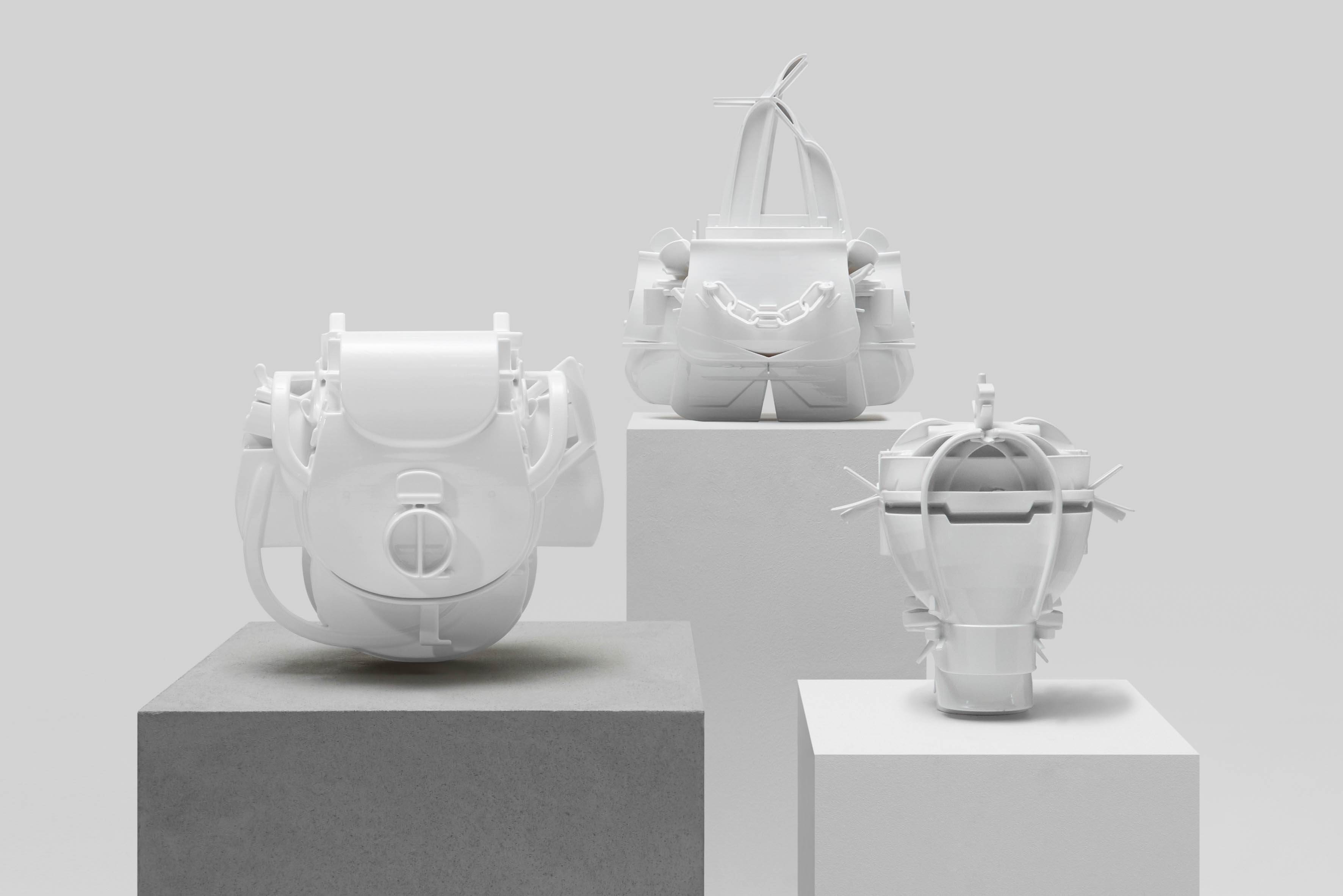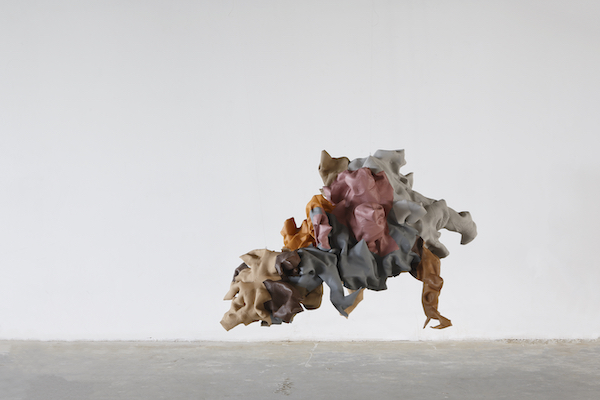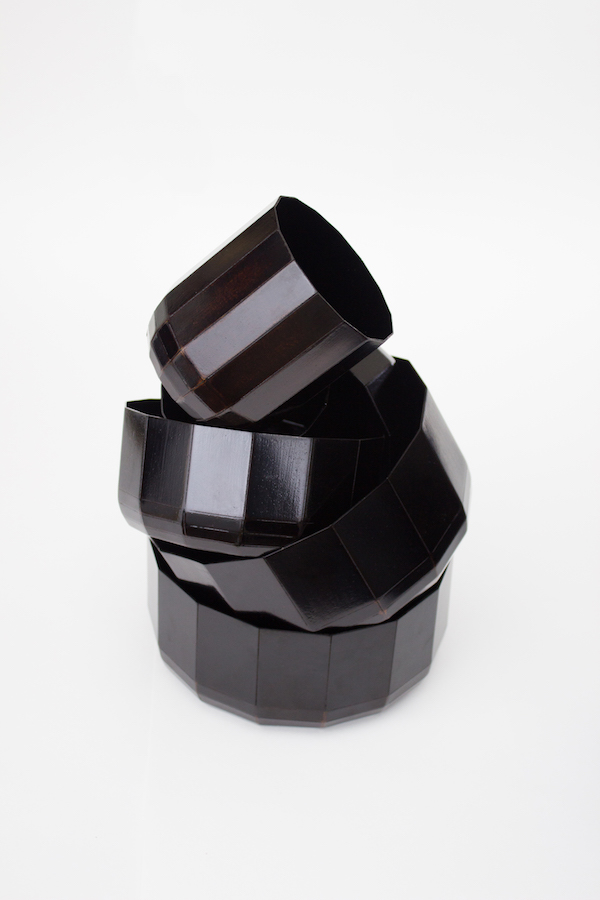
“This sentence is a lie.”
Gallium, Tool Box
2023
50 (W) X 140 (L) X 10 (H) mm
A: 이 진술서(A)는 거짓입니다.
만약 (A)가 참이면 "이 진술은 거짓"은 참이므로 (A)가 거짓이어야 합니다. 따라서 (A)가 참이라는 가설은 (A)가 거짓이라는 결론, 모순을 낳습니다.
만약 (A)가 거짓이면, "이 진술은 거짓이다"는 거짓이므로, (A)가 참이어야 합니다. (A)가 거짓이라는 가설은 (A)가 참이라는 결론, 또 다른 모순을 낳습니다. 어느 쪽이든, (A)가 참이면서 동시에 거짓이라는 것은 역설입니다.
이 도구는 일시적이며, 영구적입니다.
나는 거짓말을 하고 있습니다.
A: This statement (A) is false.
If (A) is true, then "This statement is false" is true. Therefore, (A) must be false. The hypothesis that (A) is true leads to the conclusion that (A) is false, a contradiction.
If (A) is false, then "This statement is false" is false. Therefore, (A) must be true. The hypothesis that (A) is false leads to the conclusion that (A) is true, another contradiction. Either way, (A) is both true and false, which is a paradox.
This tool is temporary and permanent.
I'm lying now.
---------------------------------------------------------------------------------------------------------
이 작업은 ‘역설(Paradox)’이라는 개념을 물질적으로 구현하려는 시도이다.
작업의 출발점이 된 문장, “이 진술서(A)는 거짓입니다.”는 고전적인 자기지시적 모순을 품은 언어적 장치이다. 이 문장은 참이라면 거짓이 되고, 거짓이라면 다시 참이 되기 때문에 어떤 확정적 진리를 가질 수 없다. 작가는 이러한 언어적 구조를 물질로 치환하며, 논리의 붕괴가 지닌 시각적·물리적 감각을 탐구한다.
그 재료로 선택된 갈륨(Gallium)은 바로 그 역설의 완벽한 매개이다. 갈륨은 고체 금속의 형태를 가지지만, 체온에도 녹아버리는 특성을 지닌다. 따라서 ‘도구’라는 개념—즉 인간이 쥐고, 제어하고, 사용해야 하는 대상—을 갈륨으로 만든 순간, 그것은 스스로의 기능을 부정하는 존재가 된다. 인간의 손에 닿는 행위 자체가 곧 파괴이자 해체가 되며, 사용 불가능성 속에서 오히려 ‘도구다움’을 가장 강하게 드러낸다. 사용하기 위해 만들어졌지만, 사용할 수 없는 이 물체는 ‘존재의 목적’이 자기모순을 통해 붕괴하는 장면을 시각적으로 체현한다.
이 작업은 “도구는 일시적이며, 영구적이다. 나는 거짓말을 하고 있다.”라는 문장으로 확장된다. 손에 쥐면 사라지는 도구는 일시적이지만, 그 개념은 영구히 지속된다. 이는 물질과 의미, 기능과 존재의 경계가 녹아내리는 행위이며, 진실과 허위, 실재와 비실재의 구분을 무너뜨린다.
작가는 이를 통해 ‘형태를 잃는 행위’ 자체를 디자인의 본질로 재해석한다. 도구가 녹아 사라지는 순간, 남는 것은 형태가 아니라 의문이다. 그것은 “도구란 무엇인가?”, “사용 불가능한 것은 무의미한가?”와 같은 질문을 던지며, 관객에게 물질의 존재론적 모순을 감각적으로 체험하게 한다.
결국 이 작업은 역설의 조형’이라 할 수 있다. 논리적 언어에서 출발한 모순이 감각적 경험으로 번역되고, 사용성과 불가능성의 경계에서 사유를 유도한다. 갈륨 도구는 녹아 사라지지만, 그 사유의 흔적은 관객의 기억 속에서 끊임없이 응고하고 재생된다.
This work is an attempt to materialize the concept of paradox.
The starting point of the work lies in the statement, “This statement (A) is false.” This is a classical example of a self-referential contradiction—an utterance that collapses upon itself. If it is true, then it must be false; if it is false, then it must be true. It holds no definitive truth. The artist translates this linguistic paradox into material form, exploring the visual and physical sensations inherent in the breakdown of logic.
The chosen material, gallium, serves as a perfect mediator of this paradox. Gallium exists as a solid metal, yet it melts at body temperature. By crafting a tool—an object meant to be grasped, controlled, and used—out of gallium, the artist produces an entity that denies its own function. The simple act of holding it leads to its destruction and dissolution. Within this impossibility of use, the tool’s very toolness is paradoxically amplified. Designed to be used but incapable of being used, the object embodies the collapse of its own existential purpose.
This work extends into the statement, “A tool is both temporary and eternal. I am lying.” The tool that disappears upon touch is physically temporary, yet conceptually perpetual. This gesture melts the boundaries between material and meaning, function and existence, truth and falsehood, reality and unreality.
Through this work, the artist reinterprets the act of losing form as the essence of design itself. When the tool melts away, what remains is not form but question. It provokes reflection: What is a tool? and Is something that cannot be used inherently meaningless? In this way, the work allows the viewer to experience the ontological contradiction of material existence on a sensory level.
Ultimately, this piece can be described as a sculpture of paradox. The logical contradiction that begins in language is translated into a physical and perceptual experience, guiding thought through the tension between usability and impossibility. The gallium tool melts and disappears, yet the residue of its idea solidifies and re-forms endlessly within the viewer’s memory.




